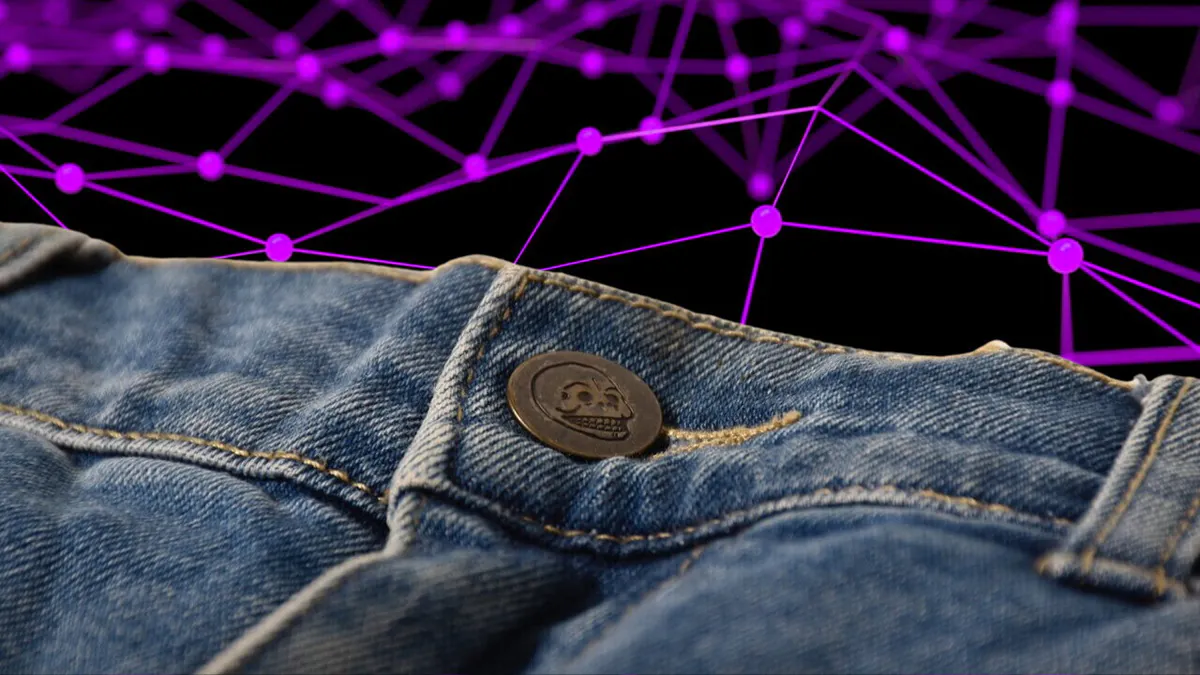
Recently, Microsoft published a new patent titled “Smart Fabric for Object Recognition and Touch Input.” In other words, Microsoft is developing a fabric that can recognize and identify nearby objects. But what makes this fabric “smart”?
“Smart” fabric refers to textiles that incorporate technologies such as sensors and threads into their structure and functions. In the case of Microsoft, the patent concerns the fabric of the pocket of jeans. Embedded in the fabric are layers of connected sensors that can recognize an object or gesture. And it’s more than just stitching of a few sensors. The patent also details the development of the data processing scheme. It can receive, process and transmit data from “smart” fabric.
In addition, there is a computing system containing a machine learning module. It receives and processes input data and builds predictive models. They can recognize an object located next to a piece of “smart” fabric, or a gesture of touching it. A computer system can recognize items that are normally kept in a pocket and their absence. For example, the pocket sends a reminder to your phone when it doesn’t detect coins for parking meters or hand sanitizer.
As for gesture recognition, rubbing your phone against your pocket can quickly trigger a command on your phone via NFC. It can also find applications in games and various consumer products.
Microsoft has been interested in smart fabric and smart clothing since the mid-2010s, filing various patents such as electronically functional yarn for smart shirts and gloves. The current patent is likely a follow-up to a 2020 project called Capacitivo, in which a “smart” fabric tablecloth would identify food items, such as certain fruits placed on a table or even liquids in glasses.
There is no shortage of academically feasible projects in the field of smart textiles, including smart bandages that can monitor and heal wounds, shirts that can lower body temperature, and fabric that can hear. But when it comes to the consumer market, there are very few examples of real-world applications.
At the end of 2010, interest in smart textiles and wearable technologies increased. Processors have become faster and cheaper, and device components have become smaller. Despite the hope of early harbingers of the time that tech-enabled clothing would become a useful, functional component of our wardrobe, technology failed us.
Even Google’s Project Jacquard, a Levis denim jacket that used thread, sensors and IoT tags to create touch- and gesture-sensitive zones on the sleeve of the jacket, failed to sell beyond its first offering.
All that remains are training clothes, gaming gloves, sports equipment and creative prototypes for catwalk shows that remain in museums and galleries for life. And also many scientific works and patents.
Microsoft has a strong inclusive design ethic built into its hardware and software. It is possible that the company can use this fabric to develop affordable products. But whether it will be able to win the market and the interest of consumers, and what’s going to be the price of goods with smart fabric, remains to be seen.
You can also help Ukraine fight with Russian occupants via Savelife or via an official page of the National Bank of Ukraine.
Leave a Reply